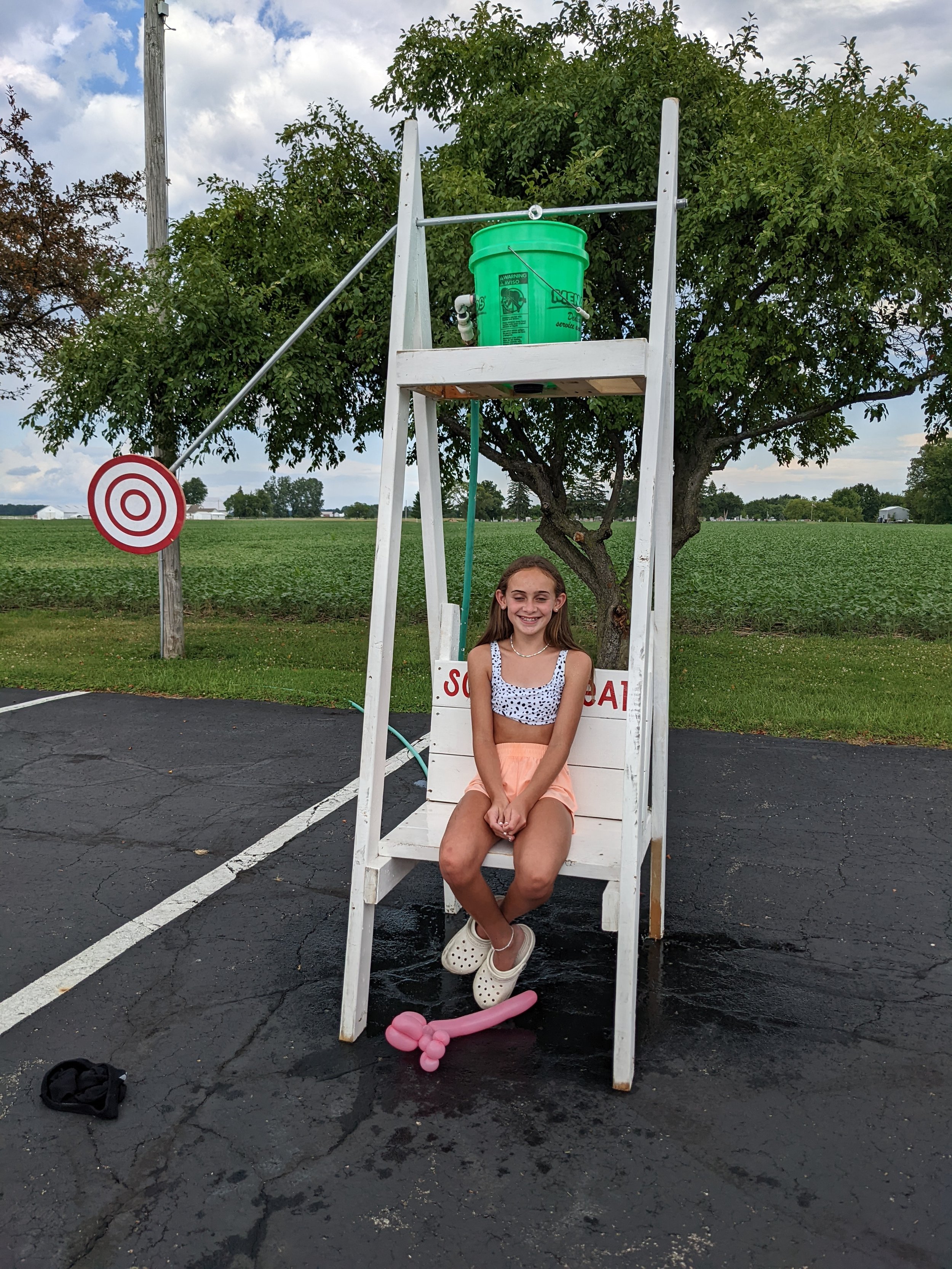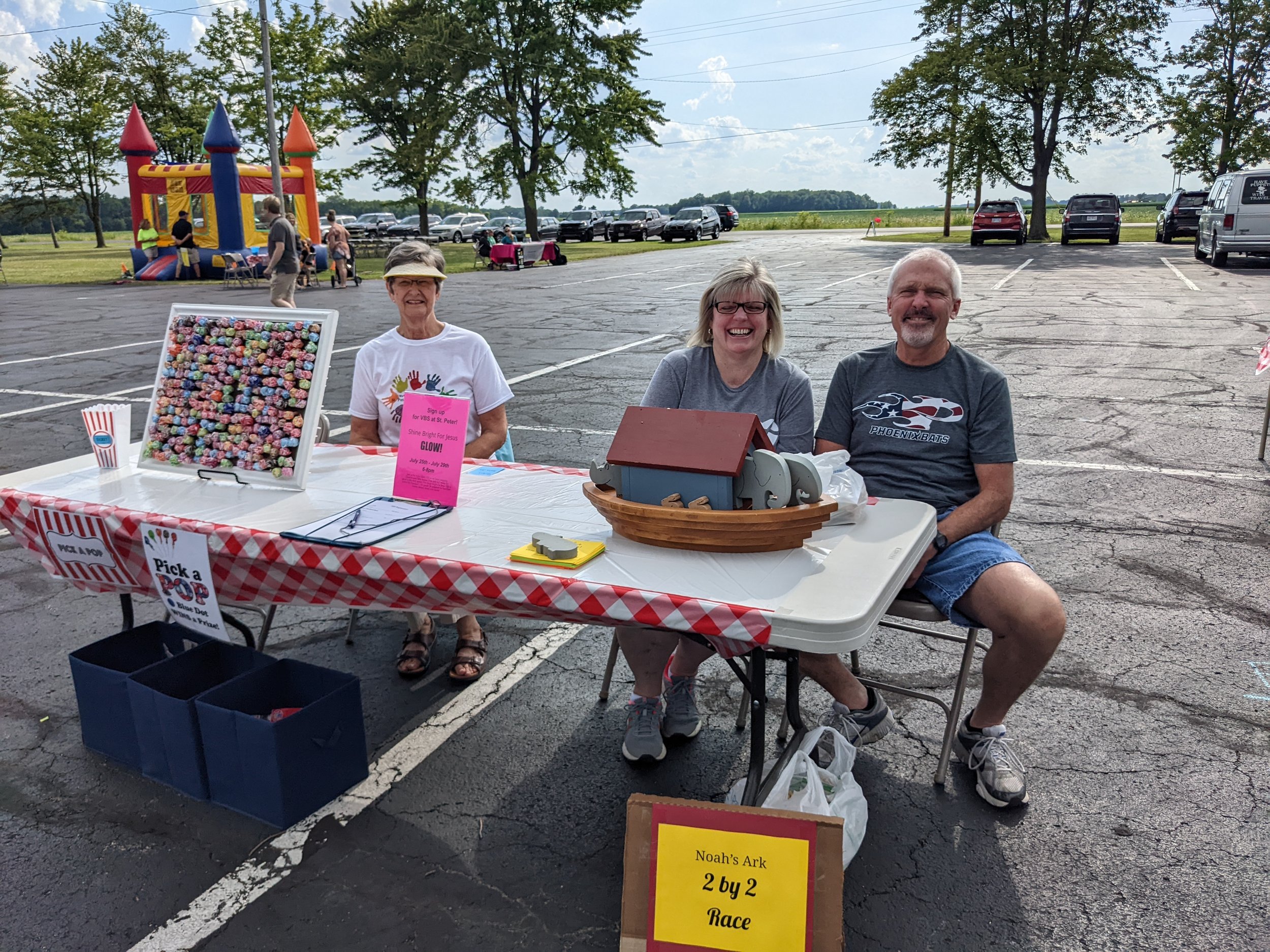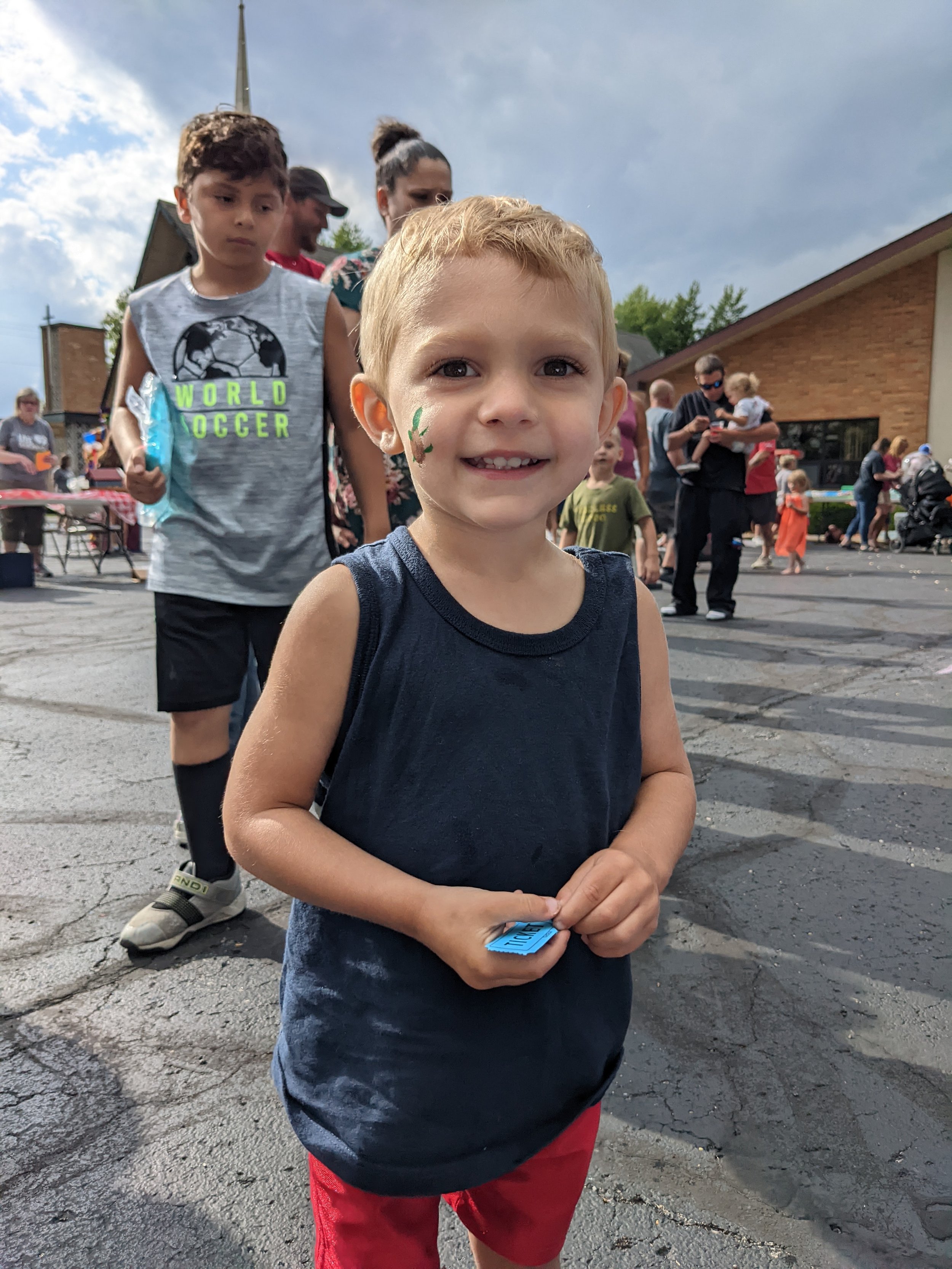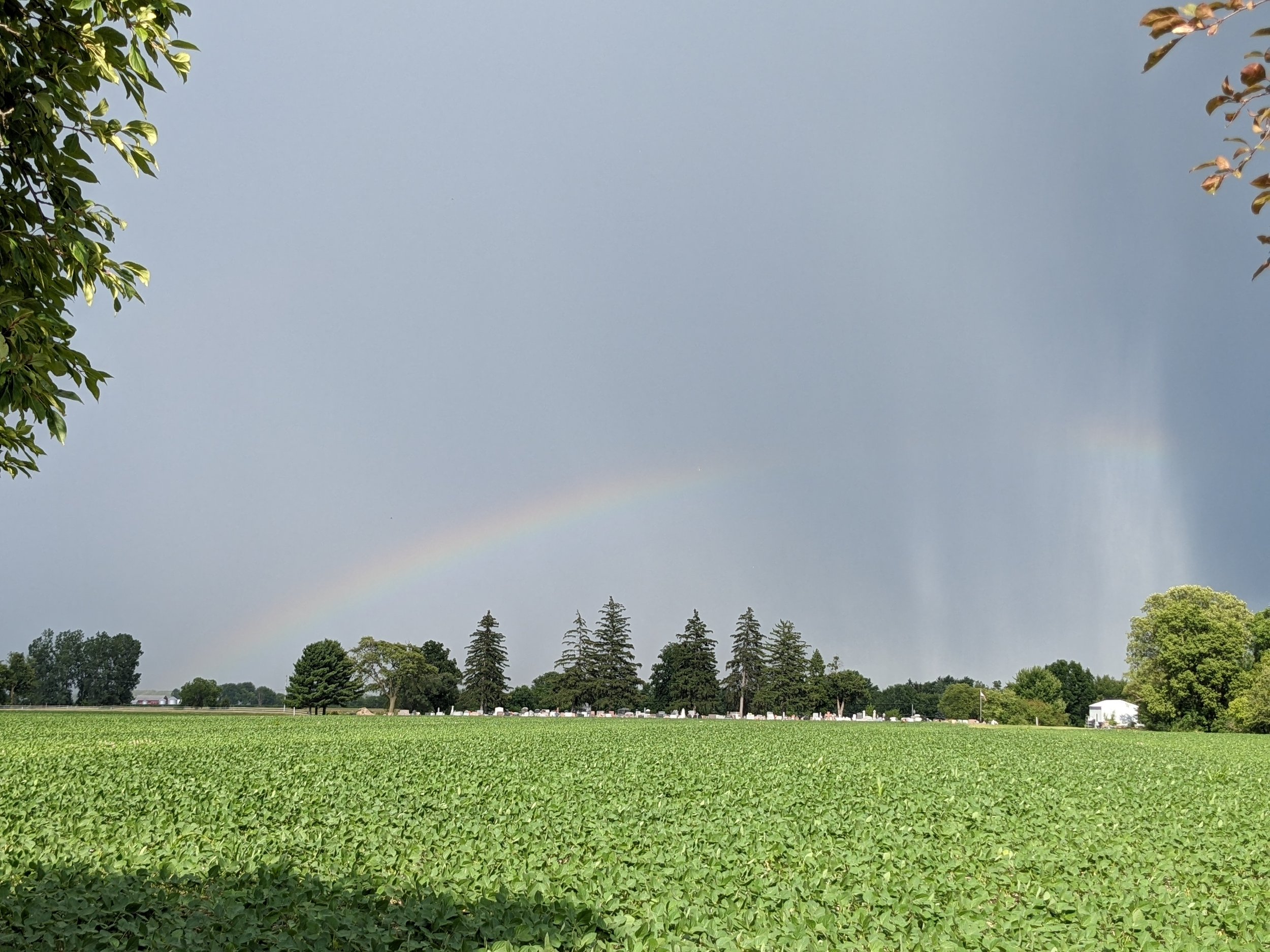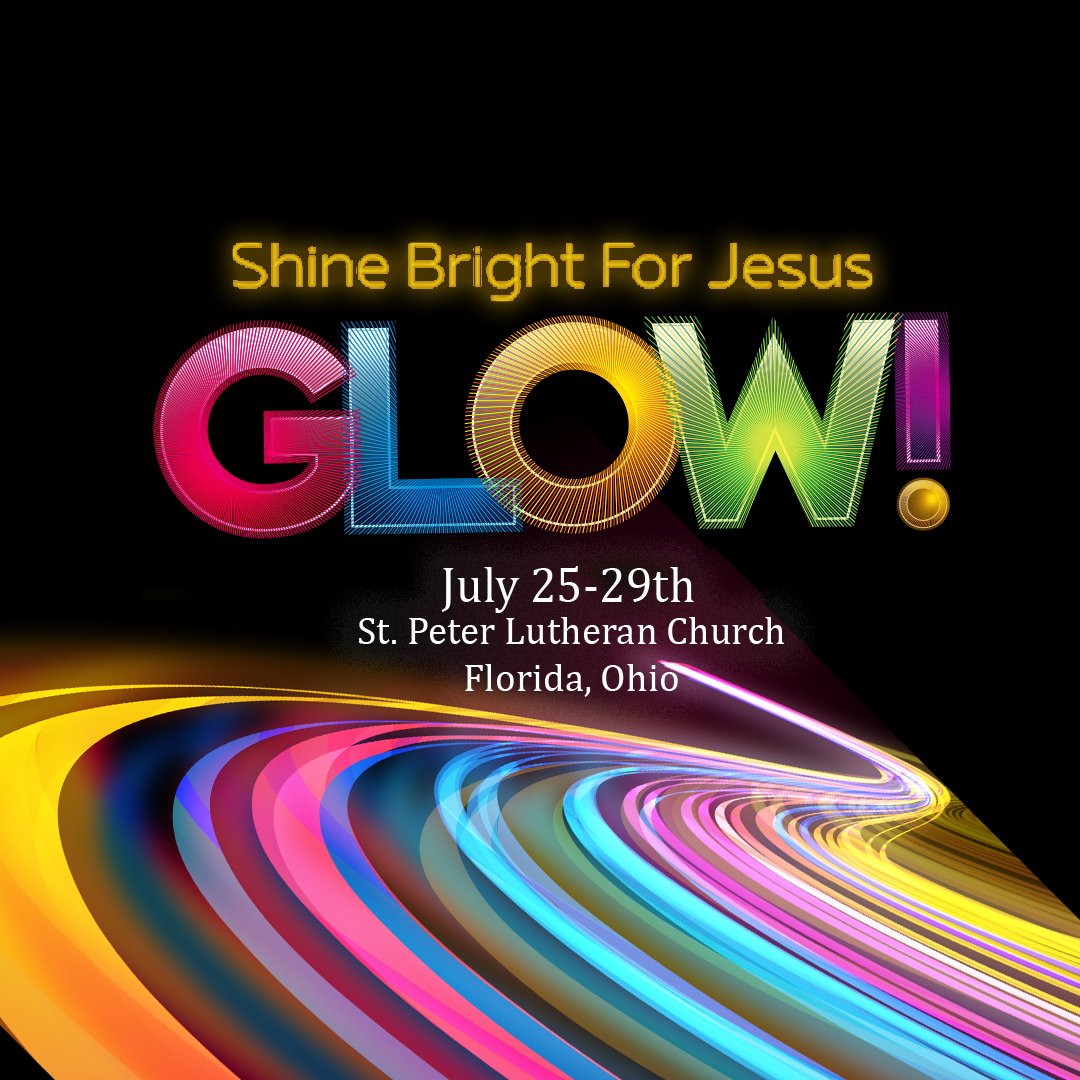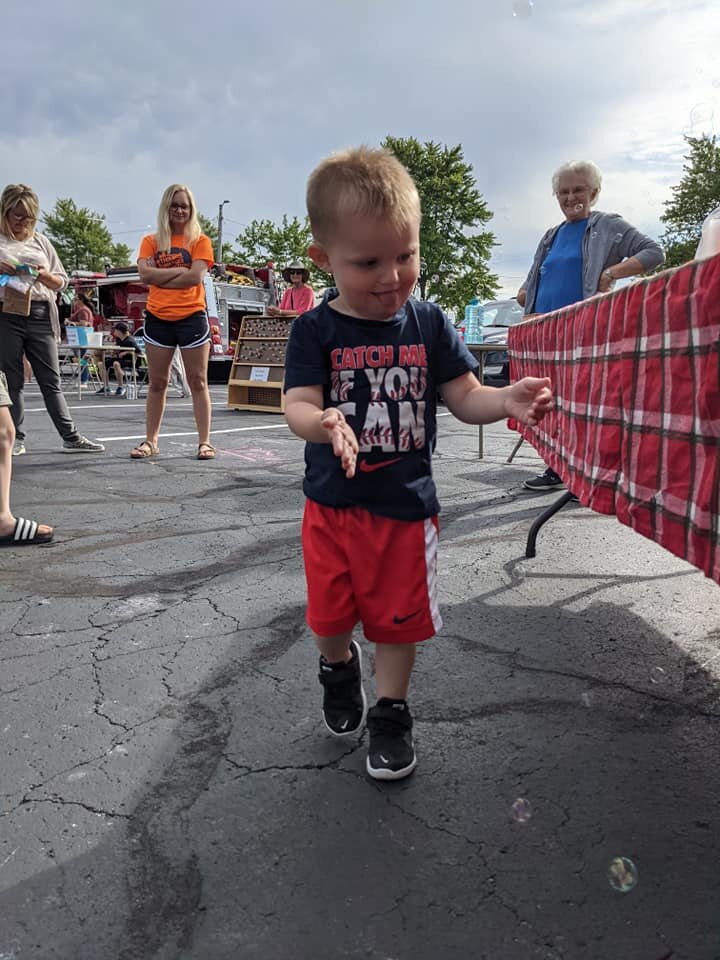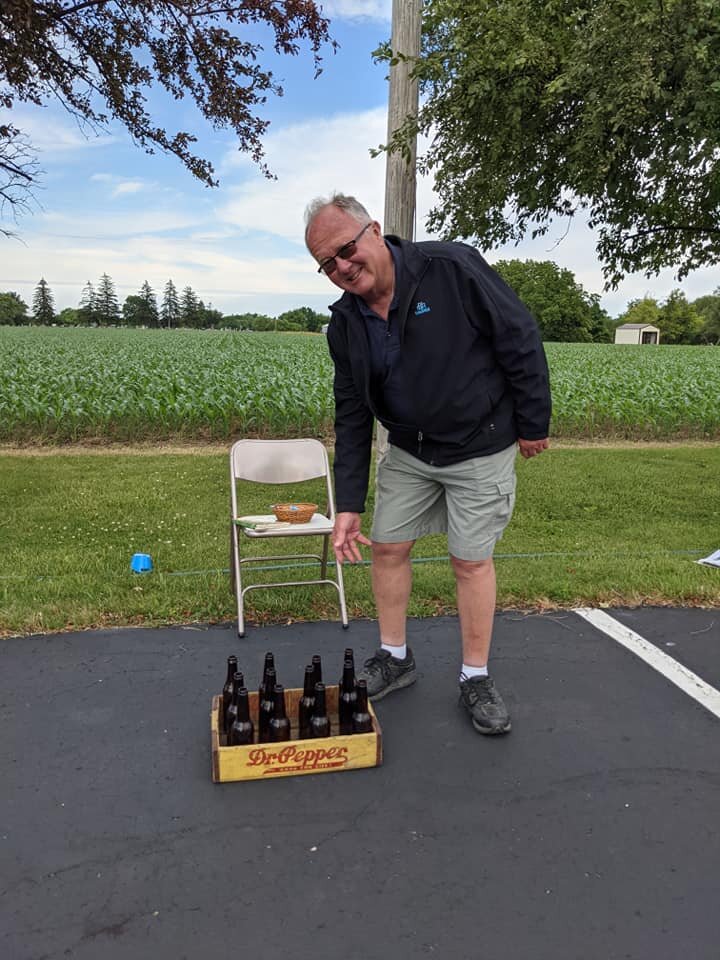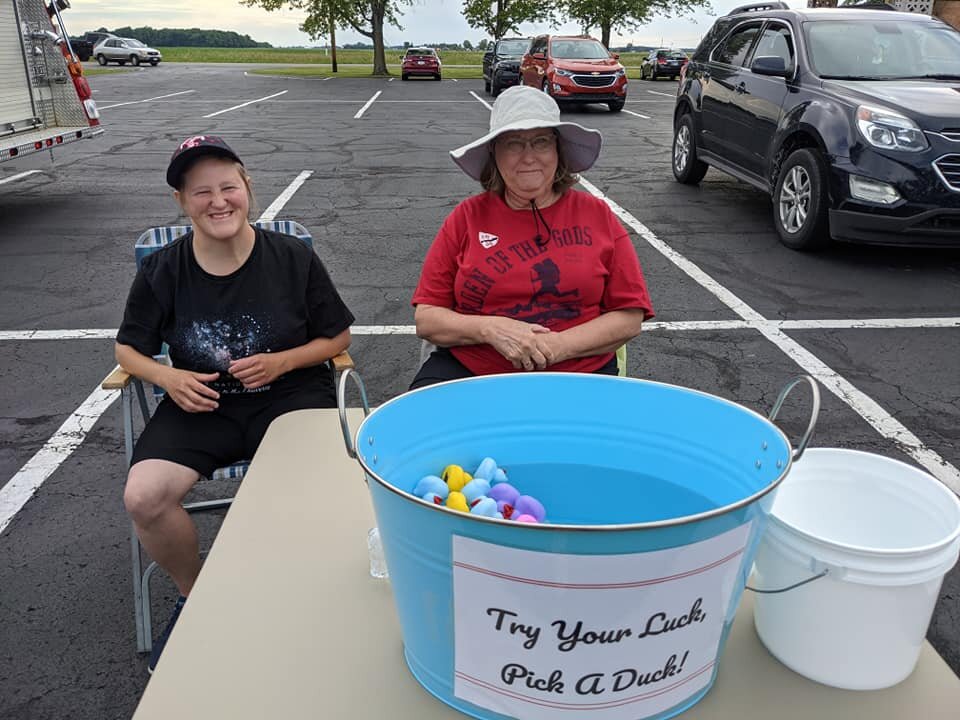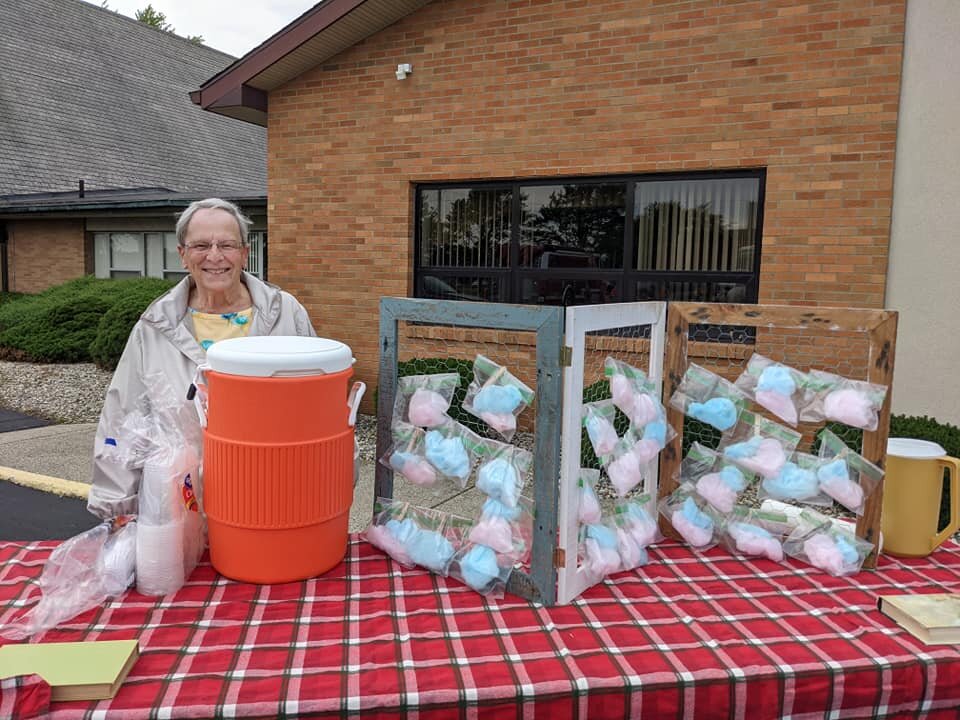Pastor’s desk
Throughout this year I have been discussing the events and celebrations that happen throughout the year. There is something we should celebrate every week, that being the very word of God. I want to explain, briefly, how we came up with the readings every week. Some churches just pick every week what they are going to read and then read it. Some churches go through a book of the bible over a short period of Time. But going back all the way to the early church they had what is called “lectionaries”, which would have been a book that would have readings assigned to specific Sundays or Festivals. Then the church would use that book every week. In the fourth century a twofold reading developed in Rome and became standard throughout most of Europe. The use of three readings was standard in what today is France. Rome had a one-year lectionary, which lasted for centuries. A One Year Lectionary that Luther and Lutheran Reformers kept. Even the One Year Lectionary that the LCMS uses today isn’t that much different than the Lectionary that Luther used.
For this reason you can actually look up Luther’s Sermons for any given Sunday, it will probably be similar to the Gospel reading that the One Year lectionary today is using. This One Year Lectionary has stayed in use for more than a millennia. Of course there have been other lectionaries that have been used throughout the years also.
At Vatican II the Roman Catholic Church expanded the lectionary and developed a Three Year Lectionary for Sunday readings in 1969. Lutherans and other Christian group bodies took notice. Protestants took that lectionary and made some changes and created the Revised Common Lectionary. The LCMS did change a few of the readings and choices from both. It is after all this that the LCMS came up with the Three Year Lectionary reading it uses today. The structure is pretty simple. The First Year is Series A and it uses Matthew. The Second Year is Series B, and uses Mark. The Third Year is Series C and uses Luke. (The Gospel of John shows up in all three Series, but shows up the most in Series B since Mark is the shortest Gospel.)
The Old Testament reading is designed to connect and develop or inform the theme of the Gospel reading. Except of course during Easter when it is taken from the Book of Acts.
The Second reading or lesson comes from an Epistle. Usually these Epistle readings are selected so that an entire letter is read over consecutive weeks. This is why the Epistle reading can fit perfectly with the other two readings, but sometimes it doesn’t.1
I hope this helps explain why we use the readings that we do.
LWML
Ft. Wayne Seminary Food and Clothing Bank - During the months of August and September we will concentrate on collecting all types of baby supplies for young families at the seminary. Just a few suggestions would be: Baby diapers and wipes; baby lotion, shampoo and powder; cereal and juices for babies, etc. Bring your donations to the church and put them in the box on the table in the narthex.
LWML Fall Retreat
Mark your calendars for the Napoleon/Defiance Zone Fall Retreat on September 17th. Watch your bulletin and September Link for further details!
A Peek from Preschool
Summer is almost over and Preschool is less than 1 month away! We have been enjoying playdates at the park and our Preschool Carnival was a huge success thanks to our sponsors, participants, and especially our volunteers! August 18 is our Back to School Open House and Registration Night from 4:30-6:00 pm for those interested in attending Preschool in the Fall. We have a few spots left in the 3 year old class and limited spots left in the 4-5 year old class, so we look forward to school this upcoming year! We also want to send a BIG shout out to the trustees and thanks for all your help getting the playground ready for the upcoming school year...we couldn't do it without you!
Mrs. Arce



